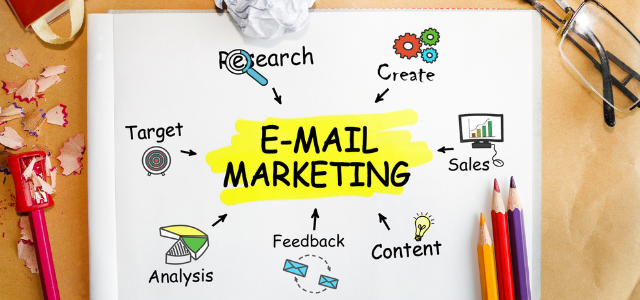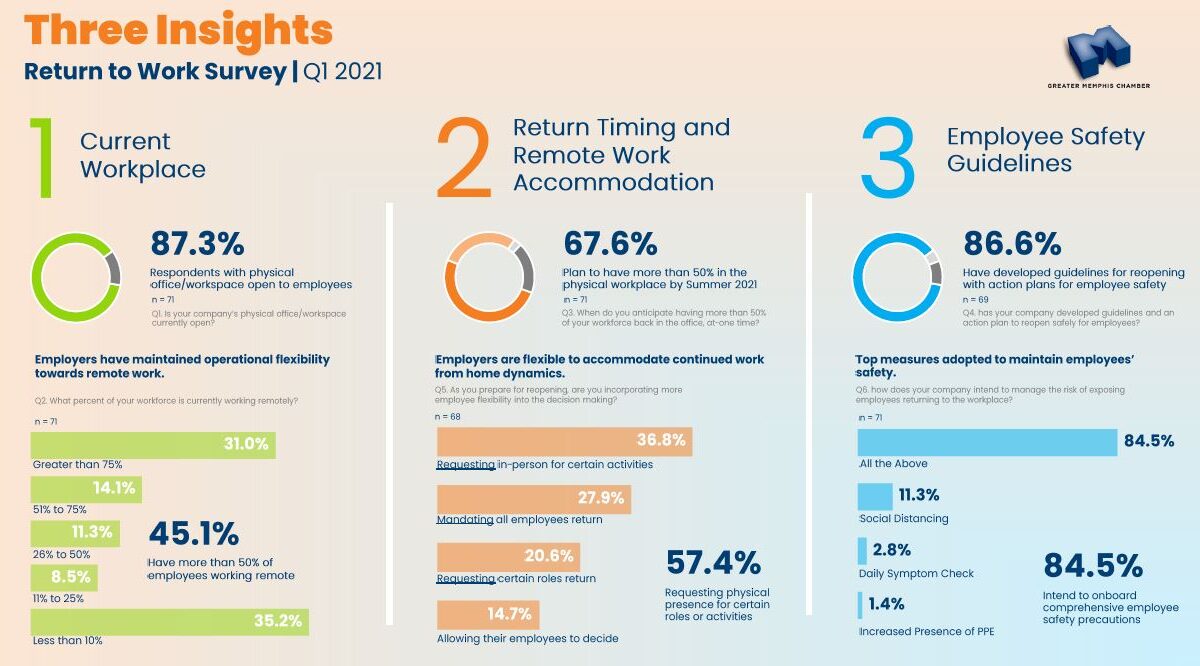
The COVID-19 pandemic has changed a lot of things about how businesses run, one of them being where work gets done. With more people working remotely, we are all spending more time communicating electronically, both through instant messaging services like Zoom and through email.
This increase in digital communication means people are in their inboxes much longer – an estimated five total hours per day – giving marketers more opportunities to reach consumers. Now is the time to get started with email marketing.
Why Email?
With email, not only do you own the audience, but also you make the rules. Social media algorithms are constantly changing and evolving, typically at the expense of organic reach by business pages. On all digital channels, brands are at the mercy of the platform and their regulations. Facebook and Google can and do change their policies frequently, sometimes with little notice. These platforms also own all the access and data of the audiences you are targeting.
If this information hasn’t convinced you, maybe the fact that email has an average ROI of 3800% – the highest of all digital tactics – will. Depending on the strategy you implement, your ROI could be even greater.
How to Get Started with Email Marketing
Now that you see the value in email, you need to formulate a strategy and send out your first communication. Below are the steps you need to take to launch:
-
Choose a platform – There are several different email marketing platforms to fit any need and budget. Popular platforms include Mailchimp, Constant Contact, Campaign Monitor, and HubSpot.
-
Build your audience – Upload your existing customer list to your chosen platform. Then create a sign-up form to put on your website. Promote it on social media to encourage your audience to sign up.
-
Determine your strategy – Because with email marketing you can create your own rules, consistency and strategy matter. Put thought into the goal of your email campaign and create a plan that factors in cadence, content, and conversion. You will likely want to create a schedule that works with your social media and editorial calendar for other channels to ensure a cohesive message.
-
Design your email – In the name of consistency, you need to create a template (or templates, depending on your strategy) to use for your emails. You’ll want the design and messaging to fit within your brand guidelines to ensure your emails match your efforts on other channels.
Once you have your template(s) designed and your strategy in place, prepare to launch your first email. Be sure to follow best practices and send emails that add value for your audience.
Need help creating or executing an email strategy? Contact inferno to see how we can help you reach your audience through their inbox!



